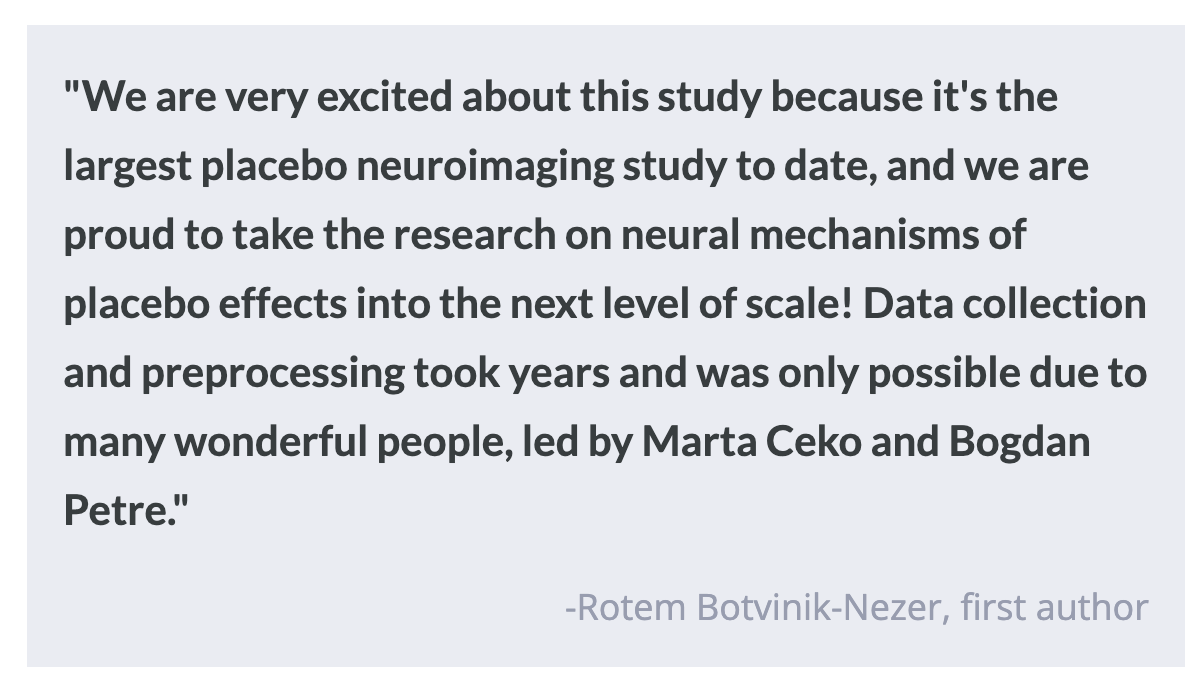Contact Sports Associated with Brain Changes and Symptoms of Parkinson’s Disease
Post by Lani Cupo
The takeaway
Repeated head trauma that can occur in contact sports where concussions are common is associated with characteristics of Parkinson’s disease including cellular neuropathology.
What's the science?
Repetitive head trauma (RHT) is associated with parkinsonism (a term referring generally to symptoms such as slowed movements, rigidity, and tremors, most commonly associated with neurodegenerative disorders). Parkinson’s disease is characterized by certain cellular changes confirmed by a pathologist after death, including the presence of Lewy bodies. Past work by Adams et al. showed an increased frequency of neocortical Lewy bodies in association with years of contact sports play. This week in JAMA Neurology, Adams and colleagues studied the brains of male donors who had suffered RHT to find associations with parkinsonism and cellular neuropathologies.
How did they do it?
The authors assessed samples from 481 male brain donors who had a history of playing contact sports and had received a diagnosis of chronic traumatic encephalopathy (CTE, associated with RHT). Their health history was assessed through a combination of techniques, including interviews with close family members and friends who had known them in life and a review of their medical charts. The substantia nigra (SN) specifically was assessed for neuropathological changes. This region is largely responsible for controlling movement, and pathologies of the SN—such as proteinopathy and cell death—are associated with Parkinson’s. The authors examined several features in the brain tissue. First, they looked for neurofibrillary tangles, abnormal accumulations of the protein tau, the hallmark and diagnostic protein of CTE. Second, they looked for Lewy bodies, deposits of the protein alpha-synuclein and the pathology most commonly associated with Parkinson's disease. Third, they examined neuronal loss, which is thought to be a central contributor to symptoms of movement dysfunction. All three were assessed semi-quantitatively and categorized based on if they were present and how severe they were. The authors used a series of linear models to assess the relationships between the neuropathologies and parkinsonism in CTE. They also used structural equation modelling in the subset of participants who had played American football to examine relationships between age, years playing football, Lewy bodies, neurofibrillary tangles, and arteriolosclerosis on nigral neuronal loss and, ultimately, parkinsonism in CTE.
What did they find?
Almost 25% (119 people) of the examined sample had evidence of parkinsonism during life. They tended to be older at the time of death, were more likely to have dementia and probable REM sleep behavior disorder, and had higher rates of visual hallucinations than those without parkinsonism. It’s possible that members of the other group would have developed symptoms if they had lived longer. Participants with parkinsonism were also more likely to have played American football although there was no difference in the number of years spent playing sports. Finally, they tended to have more Lewy bodies than participants without parkinsonism; however, the majority of participants with parkinsonism did not have nigral Lewy bodies, indicating other pathology was underlying their symptoms.
After correcting for age, the authors also found that 8-10 years of contact sport play was associated with a 50% increased risk of pathology in the SN. Lewy bodies, but not neurofibrillary tangles, were associated with parkinsonism, potentially highlighting the specificity of that pathology. Interestingly, the structural equation modelling revealed a small but significant association with RHT and parkinsonism through changes in the SN (neurofibrillary tangles and neuronal loss), highlighting that all three of these metrics may be important to understanding the relationship between head trauma and parkinsonism. Of course, studies that use postmortem tissue can only include a single time point, so it is impossible to track the progression of symptoms and neuropathology over time with these metrics.
What's the impact?
This study found associations between RHT from contact sports, neuropathology, and parkinsonism symptoms in a group of male participants with CTE. It also highlights how cellular changes beyond Lewy bodies in the SN contribute to parkinsonism symptoms.




